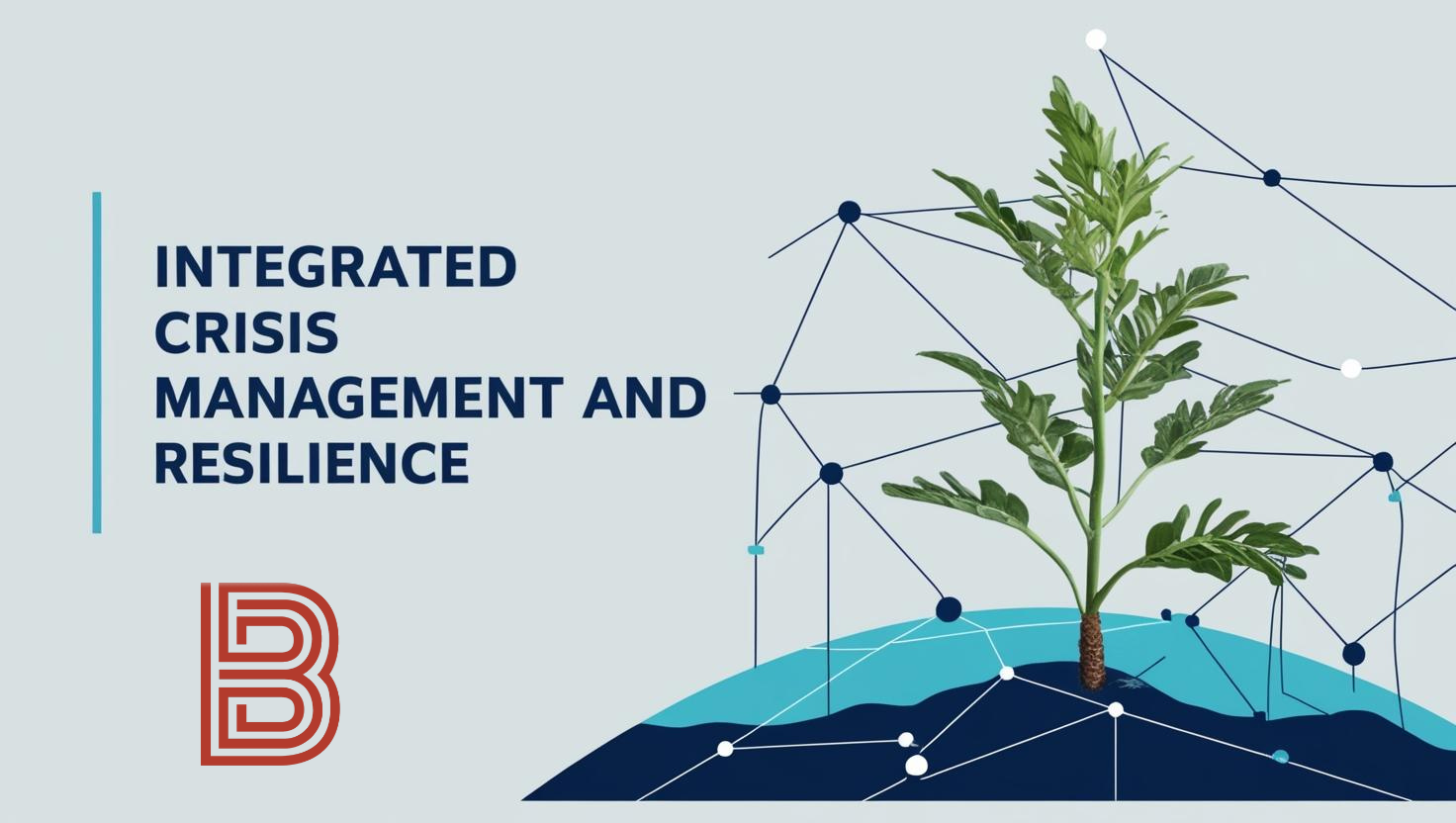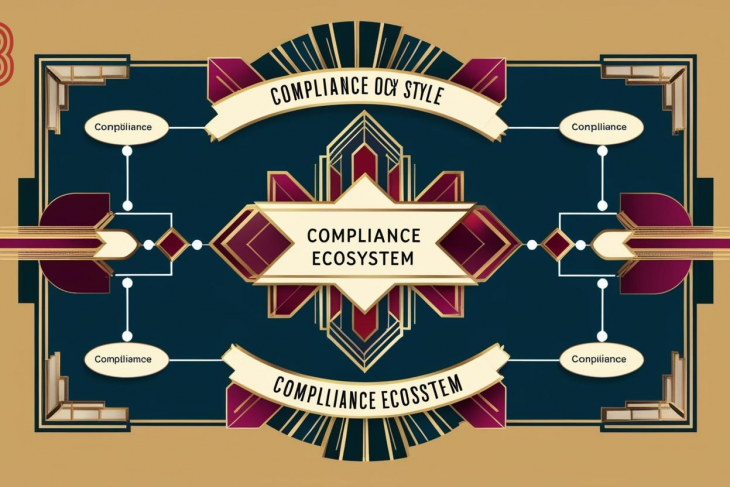
Integrated crisis management and resilience are increasingly vital concepts in a world facing complex, interconnected risks—from natural disasters and pandemics to cyberattacks and political instability. Together, they form the backbone of effective preparedness, response, recovery, and adaptation strategies that can help societies, organizations, and governments navigate uncertainty while minimizing disruption and damage.
Integrated Crisis Management
Integrated crisis management refers to a comprehensive, coordinated approach that involves multiple stakeholders—including governments, private sector entities, non-governmental organizations (NGOs), and communities—in managing crises through all stages of the emergency cycle: prevention, preparedness, response, and recovery. Unlike fragmented or siloed responses, integrated crisis management ensures seamless communication and collaboration across different sectors and levels of governance. It aims to align policies, resources, and decision-making processes to optimize the effectiveness of crisis interventions.
At the core of integrated crisis management is a shared understanding of risks, responsibilities, and capabilities. This requires robust risk assessment mechanisms, early warning systems, real-time information sharing, and clearly defined roles among stakeholders. National governments often take the lead in establishing crisis management frameworks, but regional and local authorities, international bodies, and civil society also play critical roles in the integrated model.
The COVID-19 pandemic, for example, highlighted the importance of coordinated efforts across health, logistics, law enforcement, education, and communications sectors. Countries that adopted integrated approaches—where different agencies worked together and included private and community sectors—were generally more effective in managing the crisis and mitigating its impacts.
Resilience in Crisis Management
Resilience refers to the ability of individuals, communities, organizations, and systems to withstand, adapt to, and recover from shocks and stresses while maintaining essential functions. In the context of crisis management, resilience is not merely about bouncing back from adversity but about “bouncing forward”—learning from experiences to become stronger and better prepared for future challenges.
Building resilience involves investments in infrastructure, health systems, economic stability, social cohesion, and governance. It also requires fostering adaptive capacities—such as flexible institutions, innovative technologies, and community engagement—that enable societies to anticipate change and respond effectively.
Resilience and integrated crisis management are inherently linked. A resilient system supports more effective crisis management, while integrated crisis management enhances resilience by ensuring a proactive, whole-of-society approach. For instance, a resilient city might have decentralized energy grids, diversified supply chains, strong local governance, and active citizen participation—all of which contribute to managing crises more efficiently and reducing long-term vulnerabilities.
The Path Forward
To operationalize integrated crisis management and build resilience, organizations and governments must prioritize:
Policy Integration: Harmonizing disaster risk reduction, climate adaptation, public health, and security strategies into a single cohesive framework.
Capacity Building: Investing in training, equipment, and systems that enable rapid, coordinated action during emergencies.
Community Engagement: Empowering local actors through education, resources, and participatory planning processes.
Technology and Innovation: Leveraging data analytics, AI, and digital platforms to improve decision-making and resource allocation.
Continuous Learning: Establishing feedback loops and post-crisis evaluations to refine policies and strengthen future responses.
Ultimately, integrated crisis management and resilience are not one-time initiatives but ongoing processes that require political will, institutional collaboration, and societal commitment. In a rapidly changing world, they represent the best hope for protecting lives, livelihoods, and ecosystems from increasingly unpredictable threats.
www.baretzky.net




















